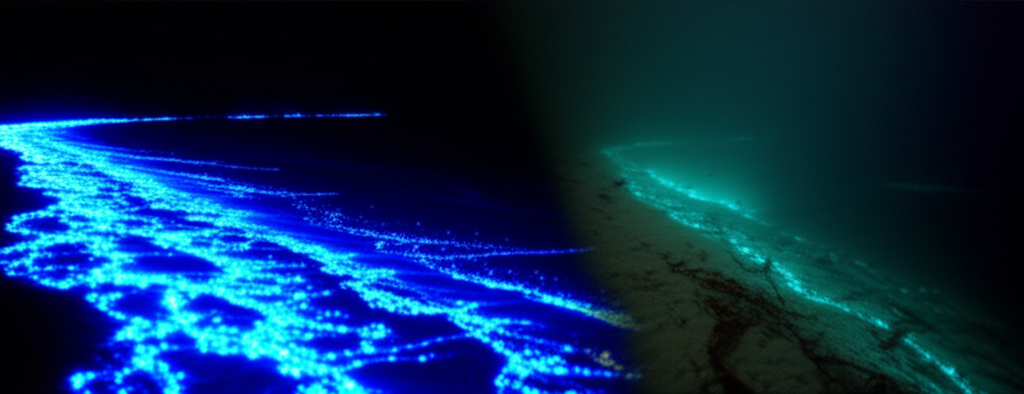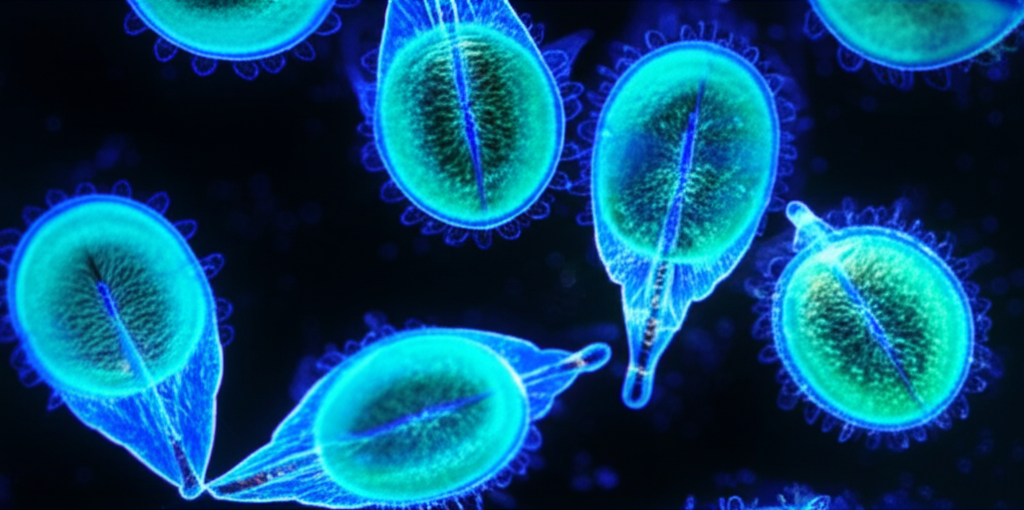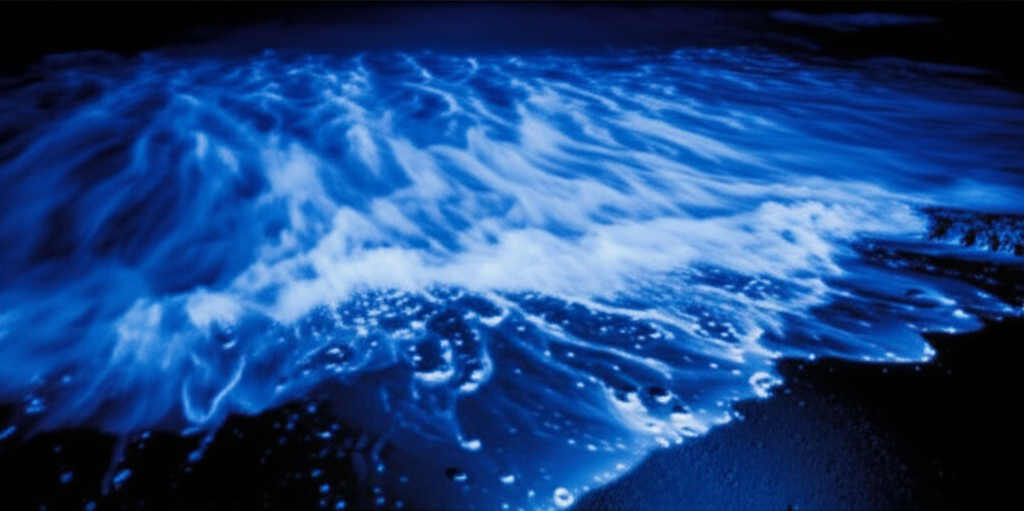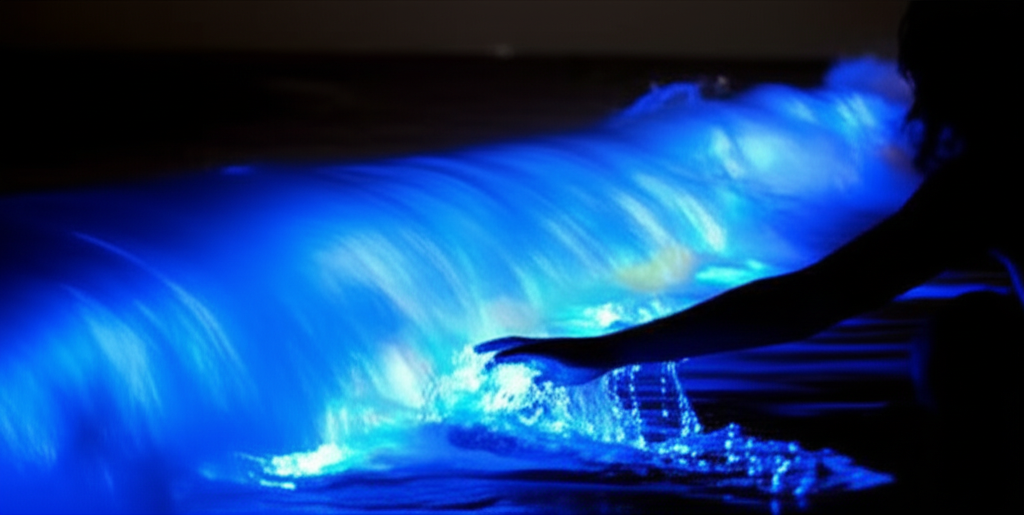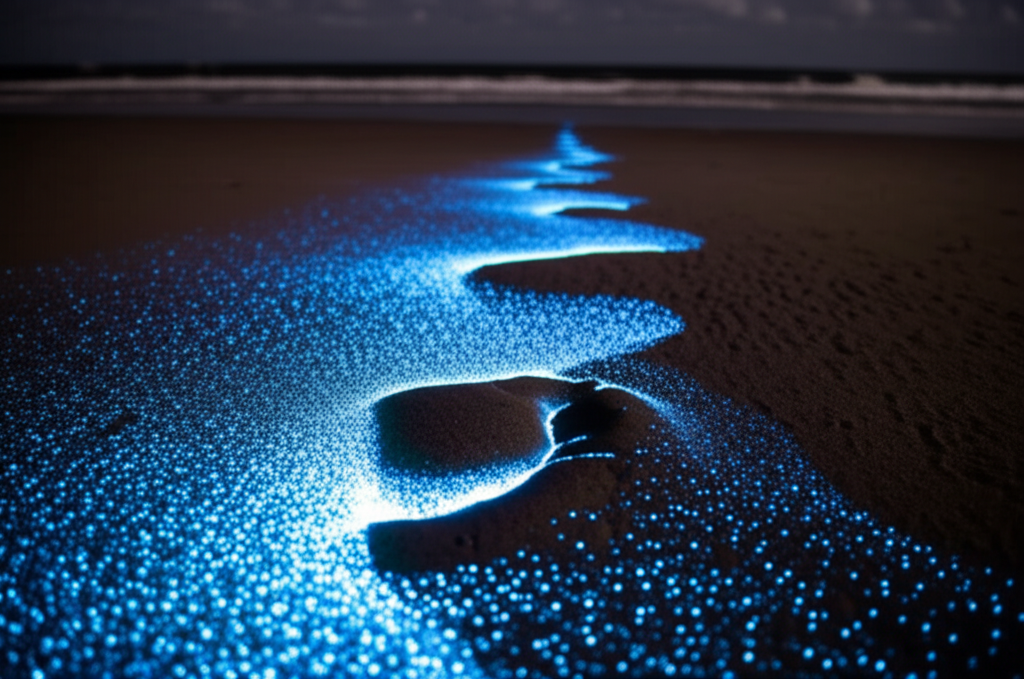Ecotourism and Responsible Travel: Protecting Bioluminescent Wonders
Bioluminescent beaches are fragile ecosystems, exquisitely sensitive to human impact. The very factors that make them so enchanting – their pristine water quality and delicate marine life – are easily disrupted by irresponsible tourism. Therefore, experiencing these magical places requires a commitment to responsible travel and ecotourism practices.
Ecotourism, at its core, prioritizes minimizing environmental impact while maximizing benefits for local communities. It's about respecting the natural environment and the people who call it home. This contrasts sharply with mass tourism, which often leads to pollution, habitat destruction, and unsustainable resource use.
When visiting bioluminescent beaches, responsible behavior begins with choosing eco-certified tour operators. Look for companies with demonstrable commitments to sustainability, such as waste reduction, conservation efforts, and community involvement. These operators often have smaller group sizes, minimizing disruption to the environment.
Minimize your environmental footprint by avoiding single-use plastics, properly disposing of waste, and refraining from touching or disturbing the bioluminescent organisms. These tiny creatures are vital to the ecosystem and are easily harmed by human interaction. Remember that even seemingly harmless actions can have unintended consequences.
Supporting local businesses and communities directly contributes to the long-term health of the ecosystem. By choosing locally-owned accommodations, restaurants, and guides, you inject money back into the community, incentivizing responsible environmental stewardship. This fosters a symbiotic relationship where locals benefit from tourism without jeopardizing their environment.
Responsible travel also means being mindful of your carbon footprint. Consider reducing your air travel, choosing sustainable transportation options when possible, and offsetting your unavoidable emissions. A little planning can significantly reduce your impact.
Key Practices for Responsible Bioluminescent Beach Tourism:
- Choose eco-certified tour operators.
- Minimize waste and avoid single-use plastics.
- Respect the marine environment and avoid disturbing organisms.
- Support local businesses and communities.
- Consider your carbon footprint and seek ways to reduce it.
- Educate yourself about the local ecosystem and conservation efforts.
- Respect local customs and traditions.
By adopting these practices, we can ensure that future generations can also witness the breathtaking beauty of bioluminescent beaches, and that these fragile ecosystems remain vibrant and healthy for years to come. Let's be responsible guardians of these wonders, not just visitors.


